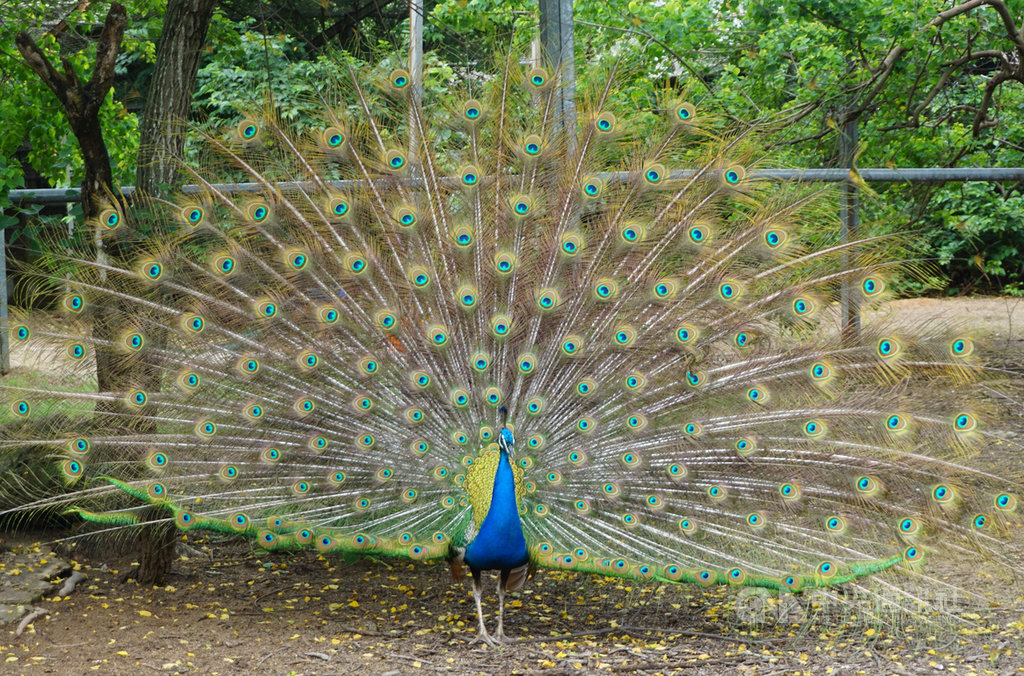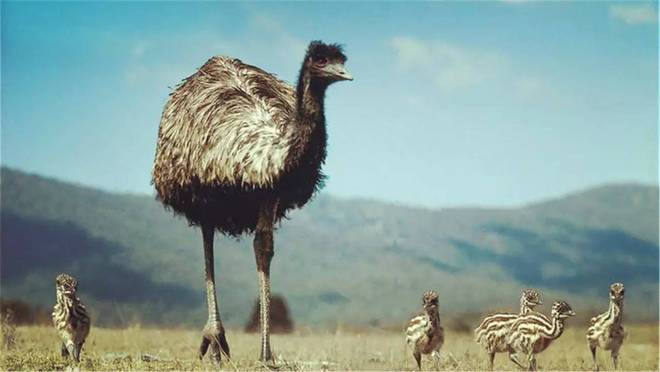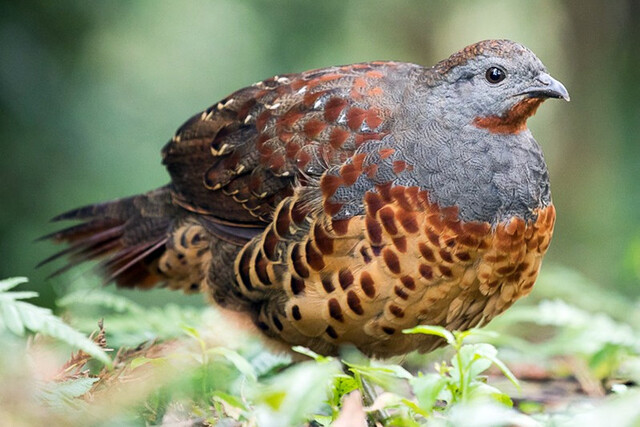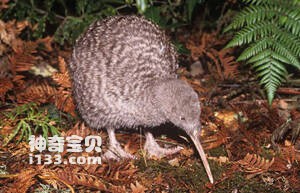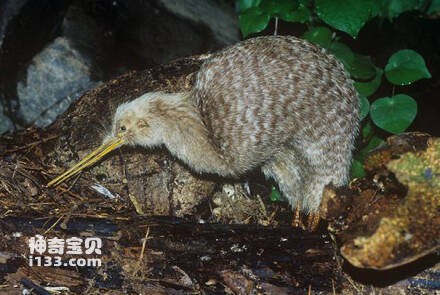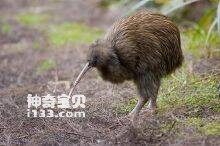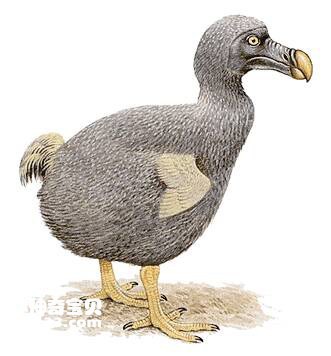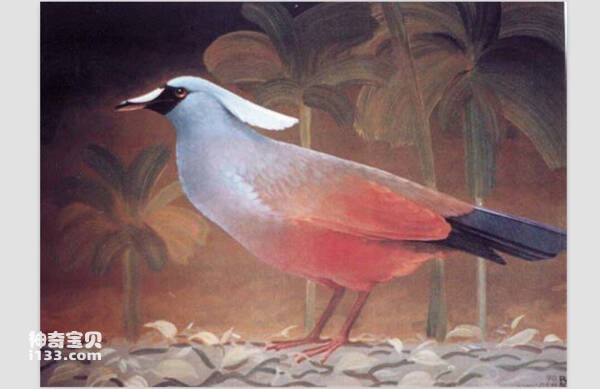Columba araucana
IUCN
LCBasic Information
Scientific classification
- name:Columba araucana
- Scientific Name:Columba araucana,Chilean Pigeon
- Outline:Landfowl
- Family:
Vital signs
- length:About 35 cm
- Weight:No textual research information is available
- lifetime:No textual research information is available
Feature
The head, forehead, and nape are camel and black wine colors, with a narrow white neckline forming a half collar to separate the two colors of feathers
Distribution and Habitat
Origin: Argentina and Chile. Wandering: Falkland Islands (Malvinas Islands).
The Chilean pigeon is an arboreal species whose preferred habitat is the beech forests that cover central and southern Chile and areas near Argentina. In the central area of the Santiago region of Chile, life is also found in areas of mixed shrubs and bushes, somewhat like the Mediterranean bush. Chilean pigeons are particularly fond of forested areas where the false beech (Nothofagus dembeyi) and the Chilean Araucaria araucana grow. These places are ideal nesting sites for them. These pigeons also move into agricultural fields and semi-open living Spaces.
Appearance
The head, forehead, and nape of the neck are camel and black wine colors, and the narrow white neckline forms a half collar, separating the feathers of the two colors
Details
The Chilean Pigeon (Columba araucana) has no subspecies.

Chilean pigeon partial migration. In response to the harsh winter weather in the South, the southern species move north to Santiago and occasionally to Antofagasta. They live alone or in small families during nesting, but form larger groups at other times, especially when they get food along their migration route. They gather in groups on trees to pick fruit. As bird populations increase, the species increasingly passes through and patronizes farmland and semi-open habitats.
The nesting season for Chilean pigeons runs from December to March and occasionally in May. This species often nests in large wooded areas littered with trees, especially those with bamboo beds. A nest is a platform made of loose branches and placed between trees, shrubs, or clumps of bamboo. One smooth white egg is laid in each clutch. The incubation period and incubation time are the same as those of the pied tail pigeon, i.e. 18-20 days. There is no information on parental care of young pigeons.
Listed on the International Union for Conservation of Nature (IUCN) 2016 Red List of Threatened Species ver 3.1 - Not Threatened (LC).
Protect wild animals and eliminate wild meat.
Maintaining ecological balance is everyone's responsibility!

